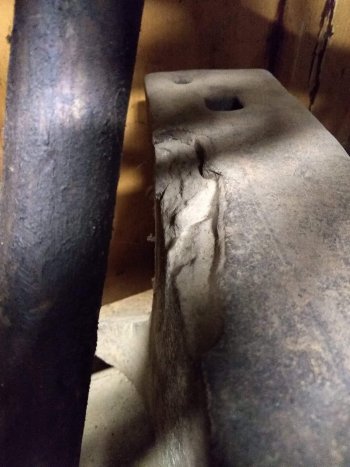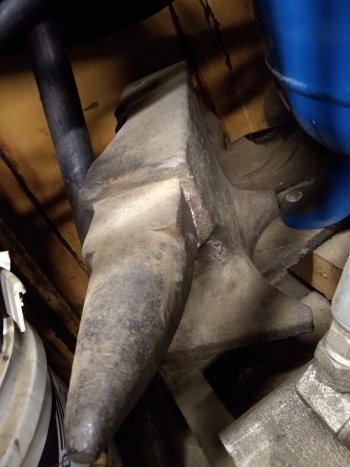It all depends on what you are willing to accept. Or to say it another way..... If you want to buy nice, fresh oats, you must pay a fair price. However, if you can get by with oats that have already been through a horse.....those come at a cheaper price.

With A LOT of work, properly done, that break can be filled/built up with multiple weld passes (like I said, A LOT) but doing so requires a lot of grinding/cleaning, pre and post heating during welding, then grinding/machining/surface grinding to ensure a flat, true face.... then the difficult part.... it would need to be heat treated. IF you want a fully functional, complete anvil.
There are many levels below that, in which it COULD sorta work....but again, what level of repair is dependent on what you can live with. The most important part being the face.... unless it's FLAT, CLEAN, and SMOOTH, it's going to cause more problems then it solves.
My personal opinion/what I would do.... keep looking, that anvil has way more damage then I would be willing to repair. Find a fully intact anvil, that is in the best possible shape, and spend the necessary money to acquire it. Anvils are like a savings account that draws interest..... whether you use them or not, and as long as they are in good shape, they will only increase in value. The most humane thing for that anvil... is to retire it to the scrap yard.





